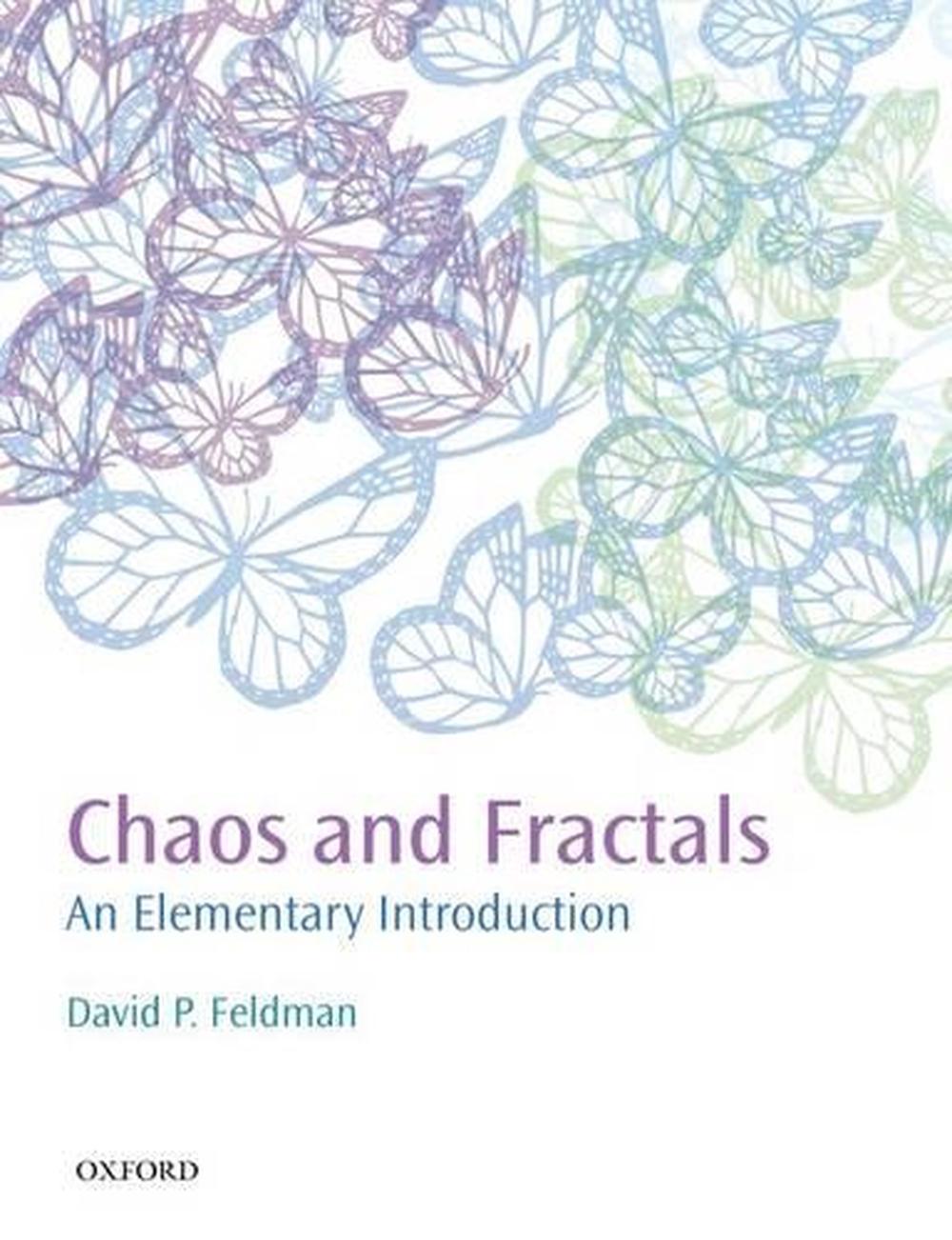
Chaos and Fractals
an elementary introduction
- Paperback
432 pages
- Release Date
1 August 2012
Summary
Unveiling Chaos and Fractals: A Journey into Non-Linear Dynamics
This book offers an accessible introduction to the captivating worlds of chaos and fractals. Designed for students with a basic understanding of algebra, it requires no prior knowledge of calculus or physics.
Discover the core concepts of chaos, including aperiodicity, sensitivity to initial conditions, and bifurcations, explored through simple iterated functions. Delve into the fascinating realm of fractals as…
Book Details
| ISBN-13: | 9780199566440 |
|---|---|
| ISBN-10: | 0199566445 |
| Author: | David P. Feldman |
| Publisher: | Oxford University Press |
| Imprint: | Oxford University Press |
| Format: | Paperback |
| Number of Pages: | 432 |
| Release Date: | 1 August 2012 |
| Weight: | 934g |
| Dimensions: | 246mm x 190mm x 22mm |
You Can Find This Book In
What They're Saying
Critics Review
Chaos and fractals are two intertwined concepts that have revolutionized many areas of science and renewed popular interest in mathematics over the past few decades. Feldman's book is a rich resource for anyone who wants a deeper understanding of these subjects without the need for advanced mathematics.'Julien Clinton Sprott, University of Wisconsin-MadisonDavid P. Feldman provides a delightful and thoughtful introduction to chaos and fractals requiring only a good background in algebra. The formal treatment of nonlinear dynamics, chaotic behavior, Lyapunov exponents, and fractal dimensions is leavened with creative analogies and many helpful and visually attractive figures and diagrams. Even more mathematically sophisticated readers will find this book a good starting point in exploring the complex andbeguiling realms of chaos and fractals.‘Robert C. Hilborn, Associate Executive Officer, American Association of Physics TeachersFor the right audience and instructor, this is a wonderful book. With considerable effort on both sides it can take a wide audience with modest mathematics to a reasonable understanding of what is behind much of the complex phenomena seen in modern mathematical models of the physical universe.'Thomas B. Ward, Durham UniversityThe book is very well produced, with excellent diagrams and very informative notes provided beside the main text. It also provides an extensive list of references for further reading.‘Scottish Mathematical Council Journal
About The Author
David P. Feldman
David Feldman joined the faculty at College of the Atlantic in 1998, having completed a PhD in Physics at the University of California. He served as Associate Dean for Academic Affairs from 2003 - 2007. At COA Feldman has taught over twenty different courses in physics, mathematics, and computer science.
Feldman’s research interests lie in the fields of statistical mechanics and nonlinear dynamics. In his research, he uses both analytic and computational techniques. Feldman has authored research papers in journals including Physical Review E, Chaos, and Advances in Complex Systems. In 2011-12 he was a U.S. Fulbright Lecturer in Kigali, Rwanda.
Returns
This item is eligible for free returns within 30 days of delivery. See our returns policy for further details.




